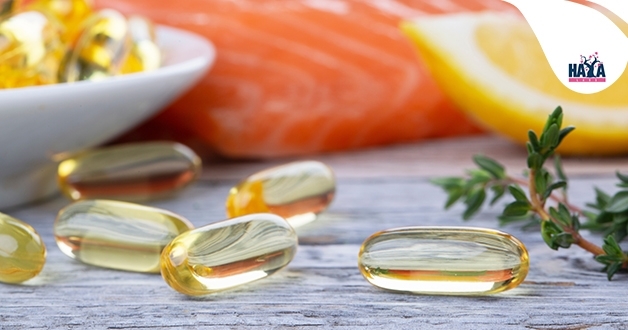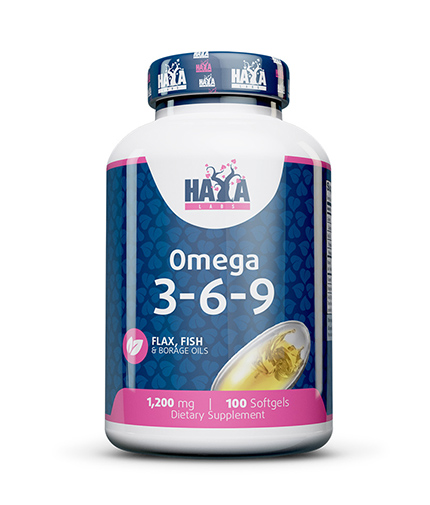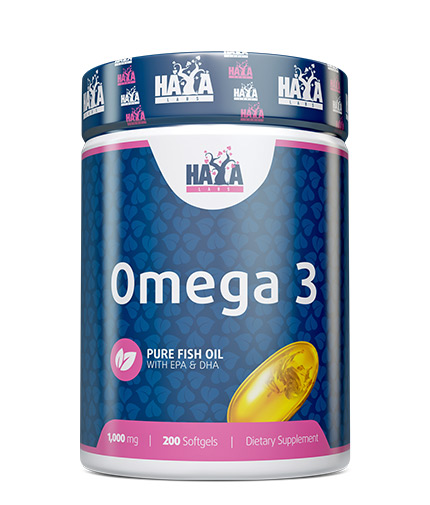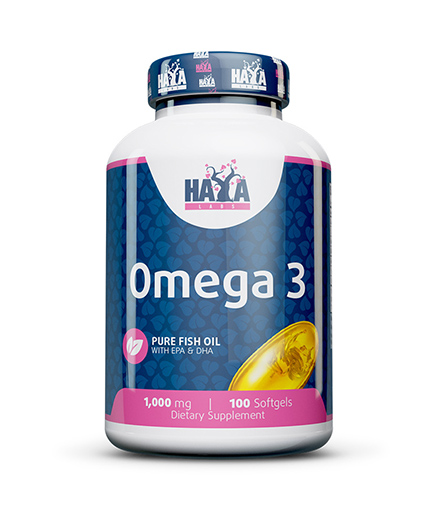
Salmon - From the palace kitchen to the neighborhood supermarket!
0
1342
Ireland is the place where healthy and tasty salmon is available even in the luxury shops of the airport.Interesting is the fact that in the heart of Dublin is an 180-year-old store that has preserved the tradition and spirit of its people, offering all sorts of seafood delicacies, headed by orange-dyed fish.
And if this destination looks distant and not very accessible, then it would be enough just to get to the nearest hypermarket where you can easily get salmon.
Salmon is a non-systematic group of Salmonidae. Usually, it migrates, spawning in freshwater pools, and after a while the small fish return to the ocean.
This fish has an elongated, thin, and laterally flattened body with silver skin and a short, branched tail.
Head and back are dotted with characteristic black dots. Small fish weigh from 1.0 to 2 - 2.5 kg, but some species (eg royal salmon) reach a weight of 40-45 kg.
read more
Types of salmon
Depending on whether it inhabits the Atlantic or the Pacific Ocean, salmon is divided into several species:
• Atlantic salmon (Salmo salar);
• Japanese salmon (Oncorhynchus masu);
• Royal Salmon (Oncorhynchus tshawytscha);
• Kucha salmon (Oncorhynchus keta);
• Silver salmon (Oncorhynchus kisutch);
• Oncorhynchusgorbuscha;
• Red salmon (Oncorhynchus nerka);
• Pink salmon (Oncorhynchusrhodurus).
Nutritional composition - Salmon (Atlantic, raw) - 100 g
Calories - 142
Calories of Fat - 57
Total Fat - 6.34 g
Cholesterol - 55 mg
Protein - 19.84 g
Water - 69 ml
Nutrition composition of other salmon species
• Dried salmon with bones
• Royal salmon, smoked
• Canned salmon
• Stuffed salmon
Health Benefits
Sea food, being one of the world's most preferred foods, is a potential source of health.
Delicious and nutritious, it provides much of the substance needed for proper functioning and good physiological state of the organism.
Carbohydrates poor and rich in protein, seafood is a good ally for every follower of healthy eating, as well as a must-have part of every teen's menu.
Well, an exception in this respect is not the fish subject to this article. It is an excellent source of vitamin A, followed by the relatively high levels of B vitamins (B5, B6, and B12) and E.
Salmon is a fish with a high content of sodium, potassium, and phosphorus, followed by magnesium, selenium, zinc and iron, and polyunsaturated, monounsaturated and saturated fat can also be found in its composition.
Undoubtedly, the omega-3 fatty acid content, combined with other elements, makes salmon one of the world's finest foods.
Salmon consumption provides good prevention of cardiovascular disease, arthritis, diabetes, and even some cancers.
Omega-3 fatty acids preventthe formation of clots, which can subsequently cause conditions such as heart attack and stroke.
Worldwide doctors claim that these acids have the potential to reduce the cognitive problems associated with Alzheimer's disease.
Last but not least, people who regularly eat foods containing omega-3 fatty acids suffer less often from depression and show fewer signs of aggression. Salmon oil is an excellent way to fight osteoporosis.
Salmon is a fish in which small bioactive protein molecules can be found to help improve the condition of articular cartilage.
.






